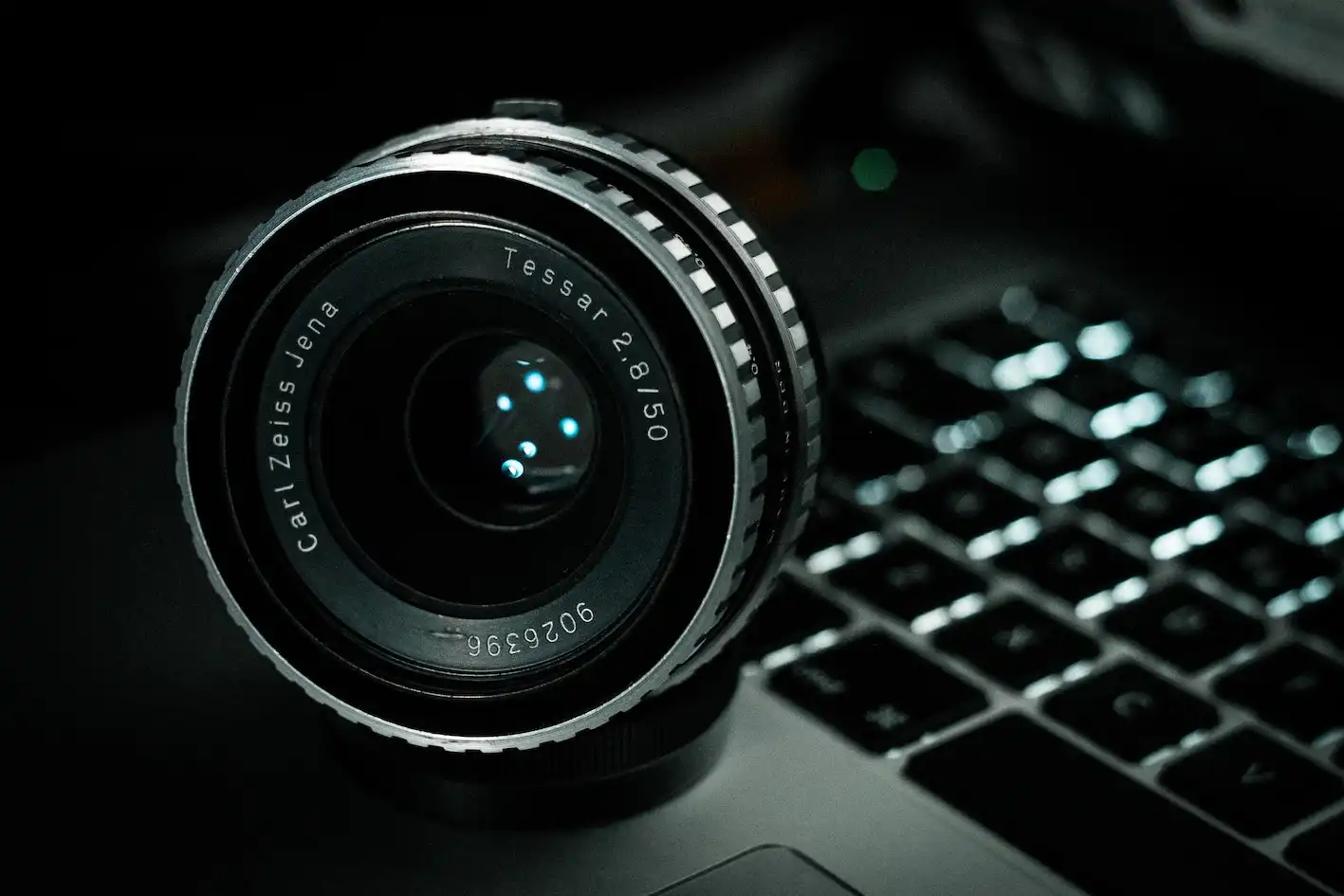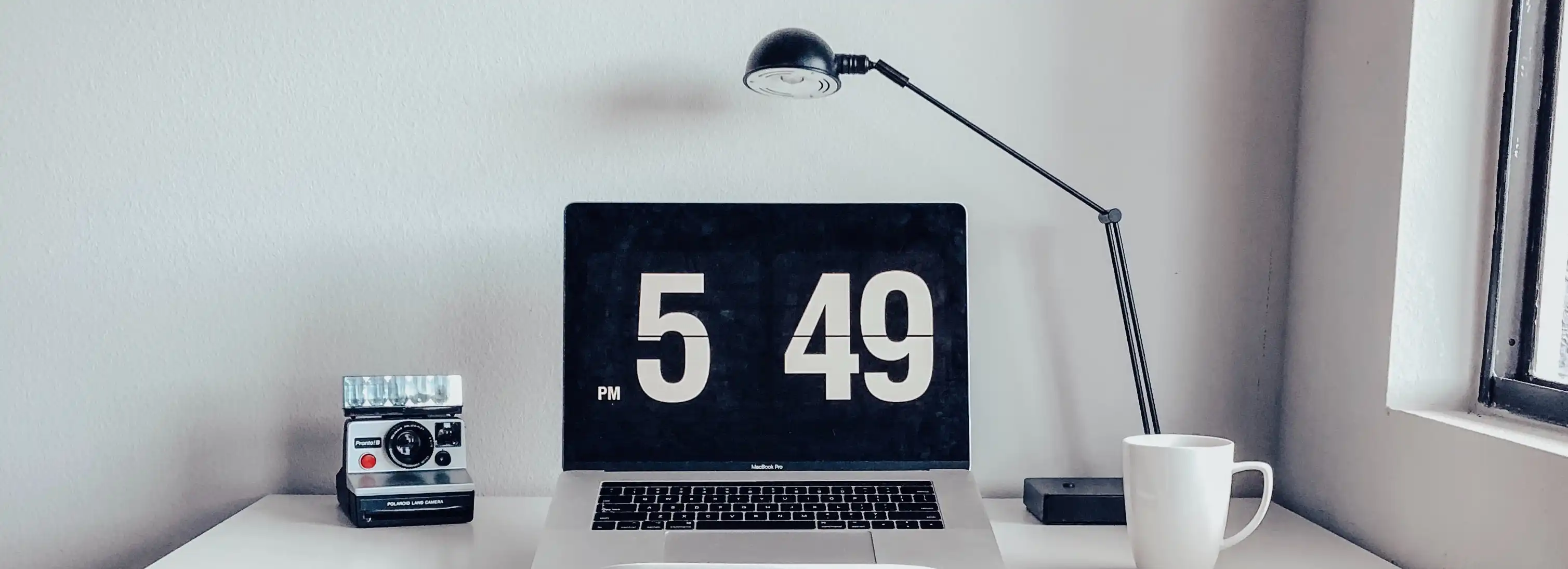Are you frustrated with the lack of camera quality on your MacBook compared to your smartphone? You’re not alone. As smartphones continue to advance and improve their camera technology, the cameras on MacBooks have remained relatively stagnant.
In this blog post, we’ll explore the reasons why MacBook cameras aren’t as good as smartphone cameras and offer some potential solutions for improving their performance.
Why MacBook Camera Not as Good as Smartphones
One of the key reasons why MacBook cameras are not as good as smartphone cameras is because the intended use cases for the two types of devices are different. A smartphone is primarily a communication and media consumption device, While MacBook is primarily a productivity and computing device.
Smartphone with its camera being used for taking photos and videos to share on social media or to document everyday life. In contrast, a MacBook camera is not so a primary function, well it can be used for video conferencing and other similar purposes, but not the majority of people use MacBook for that purpose.
As a result, the camera on a MacBook is designed to be functional and reliable, rather than being focused on image quality. Apple has prioritized other features and capabilities, such as processing power and battery life, when designing their MacBooks. This has resulted in a camera that is just enough capability of providing functional video conferencing, but may not be as advanced or capable as the camera on a smartphone in term of image quality.
In contrast, smartphone manufacturers have made camera quality a major focus of their products, investing heavily in image sensors, lenses, and software algorithms. This has led to smartphones with advanced camera systems that are capable of taking high-quality photos and videos.
The Importance of Camera Quality
In today’s world, the ability to take high-quality photos and videos has become an essential part of our daily lives. We use our cameras to capture memories, document events, and share our experiences with others. As a result, the quality of a device’s camera has become a major factor in its overall success and popularity.

The Evolution of Smartphone Cameras
Over the past few years, smartphone manufacturers have made significant investments in camera technology, constantly improving the image sensors, lenses, and software algorithms used in their devices. This has led to smartphones with advanced camera systems that are capable of taking high-quality photos and videos in a wide range of lighting conditions.
One key area where smartphone cameras have improved is in their image sensors. Image sensors are the electronic components that capture light and convert it into digital signals that can be processed by a device’s software. The size and quality of an image sensor can have a major impact on the overall image quality of a photo or video.
Recent advancements in image sensor technology have allowed smartphone manufacturers to incorporate larger and more advanced sensors into their devices. These sensors have a higher resolution, meaning they can capture more detail and produce images with less noise. They also have larger pixels, which allows them to capture more light and produce images with better dynamic range, color accuracy, and low-light performance.
In addition to improvements in image sensors, smartphone cameras have also benefited from advancements in lens technology. The lenses on a smartphone camera play a crucial role in determining its overall image quality, as they control the amount of light that reaches the image sensor and the sharpness and clarity of the resulting image.
Smartphone manufacturers have begun to incorporate multiple lenses into their devices, allowing for optical zoom, wide-angle shots, and improved depth sensing for features like portrait mode. They have also made improvements to the materials and construction of their lenses, resulting in sharper, higher-quality images.
Finally, smartphone cameras have also seen improvements in their software algorithms. These algorithms are used to process the digital signals captured by the image sensor and produce the final image or video. Advances in machine learning and artificial intelligence have allowed smartphone manufacturers to develop more sophisticated algorithms that can automatically adjust settings like exposure, white balance, and focus to produce the best possible image quality.

The Stagnation of MacBook Cameras
In contrast to the rapid evolution of smartphone cameras, the cameras on MacBooks have remained largely unchanged. This is due in part to the fact that Apple, the manufacturer of MacBooks, has not made camera quality a major focus of their products.
Apple has traditionally focused on other features and capabilities when designing their MacBooks, such as processing power, battery life, and design. As a result, the camera on a MacBook is often seen as an afterthought, with little investment in terms of technology or innovation.
Additionally, the physical constraints of a MacBook make it difficult to incorporate a high-quality camera system. A MacBook is a larger and thicker device than a smartphone, leaving little room for advanced camera components like large image sensors or multiple lenses. The position of the camera on a MacBook, located above the screen, also doesn’t lend itself well to taking high-quality photos and videos.
Furthermore, the intended use cases for a MacBook and a smartphone are different.
Potential Solutions
So, what can be done to improve the camera quality when using MacBooks? One potential solution is to use a smartphone camera as an extension for the MacBook webcam. This could involve using a cable or wireless connection to connect the smartphone camera to the MacBook, allowing the user to take advantage of the smartphone’s advanced camera technology.
This solution has several potential benefits. For one, it allows users to take advantage of the latest and greatest camera technology without having to purchase a new MacBook. It also provides more flexibility and control over the camera, as the user can adjust settings and choose between different lenses on their smartphone.
Additionally, using a smartphone camera as an extension for the MacBook webcam could also help to overcome some of the physical constraints of the MacBook, such as the limited space for a camera and the poor positioning of the webcam. By using the smartphone’s camera, the user can position it in a more optimal location for photography and videography.
Of course, this solution also has some potential drawbacks. For one, it requires the user to have a compatible smartphone with a good camera. It also adds an extra step to the process of taking photos and videos, as the user must connect the smartphone to the MacBook and switch between the two cameras.
However, overall, using a smartphone camera as an extension for the MacBook webcam could be a viable solution for improving the camera quality on MacBooks. It allows users to take advantage of the latest camera technology without having to purchase a new device, and provides more flexibility and control over the camera.
